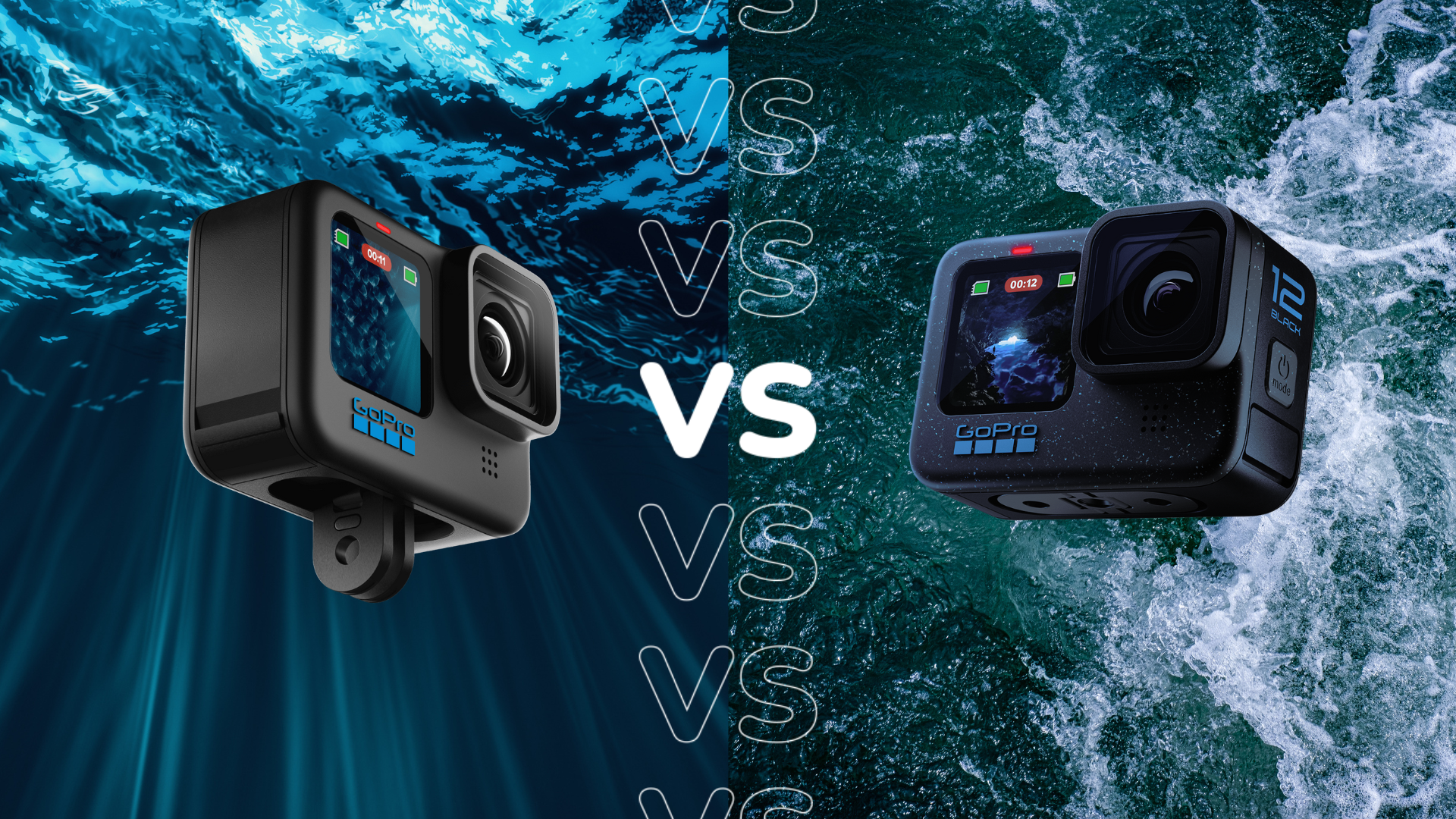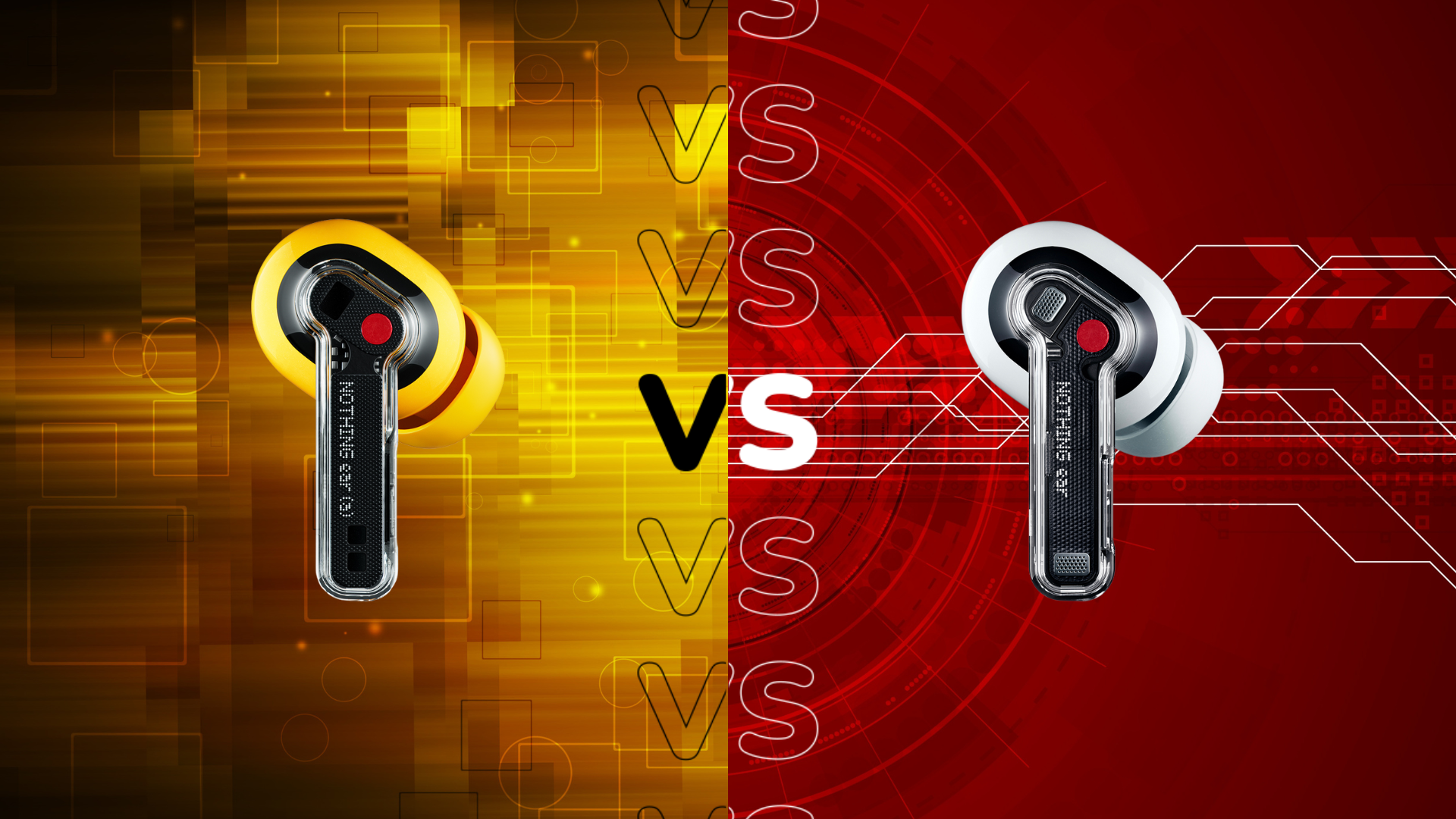DJI Mavic 3 Pro vs DJI Mavic 3 Classic: What’s the difference?
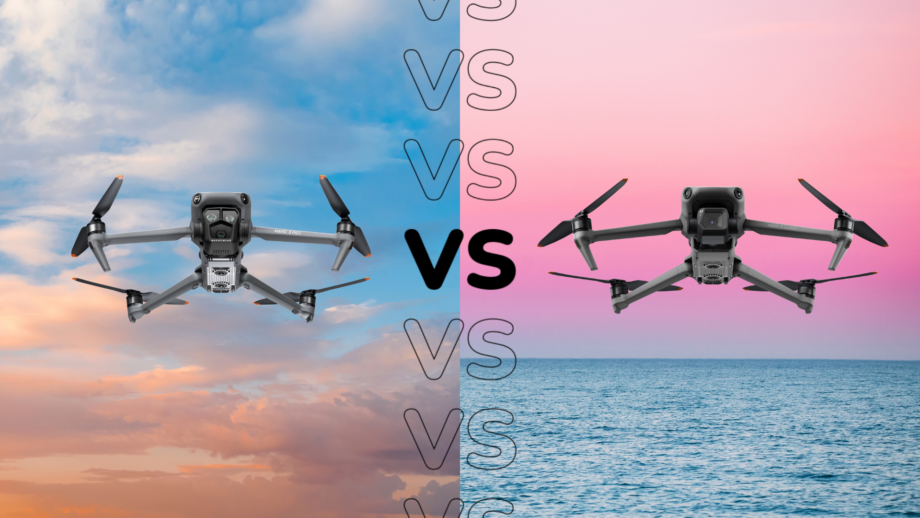
DJI recently launched the latest addition to its Mavic 3 series with the Mavic 3 Pro. Here’s how it compares to the Mavic 3 Classic.
DJI has been releasing Mavic 3 series since 2021, with the Classic arriving in 2022 and the Pro just six months later in May 2023.
These two drones share similar measurements (the Pro is just slightly larger, both folded and unfolded) and are able to fly through the sky at a similar speed. Both drones also benefit from the same gimbal stabilisation and come packaged with the same RC-N1 remote controller, with support for the RC Pro and RC also available.
However, there are still plenty of differences worth noting before you settle on one drone or another. Stay on this page to discover all the major differences between the DJI Mavic 3 Pro and the Mavic 3 Classic.
The DJI Mavic 3 Pro has a telephoto camera
One of the key features that might sway you over to the Mavic 3 Pro is the addition of a telephoto camera.
The Pro takes advantage of a triple-camera array that consists of a 20-megapixel (f/2.8-f/11) Hasselblad camera, a medium 48-megapixel (f/2.8) tele camera with a 35-degree FOV and a 12-megapixel (3.4) tele camera with a 15-degree FOV.
The drone is capable of capturing 5.1K video at up to 50fps or DCI 4K video at up to 120fps, with support for Apple ProRes 422, 422 LT and 422 HQ built in. Along with capturing 10-bit 4:2:2 colour, the camera also supports “flat” profiles, including D-Log, D-Log M and HLG for easier colour grading and correction in post-production.

We found the camera on the DJI Mavic 3 Pro to be the main reason to choose the Pro over any other Mavic 3 drone.
The main wide-angle Hasselblad camera is the same as that on the Mavic 3 and Mavic 3 Classic and is the best of the three to use in low-light settings. The medium telephoto, meanwhile, offers a 70mm perspective, making it possible to snap clear images with a compressed viewpoint and layered background without having to come too close to your subject. This makes the camera ideal for shooting wildlife or people without bothering them.
The DJI Mavic 3 Classic, meanwhile, sticks with a single 20-megapixel (f.2.8-f/11) camera with an 84-degree FOV and support for 5.1K video at up to 50fps or DCI 4K video at up to 120fps. Unlike the Pro, there’s no Apple ProRes available on this camera, but there is support for D-Log, D-Log M and HLG as found on the pricier drone.
We haven’t reviewed the Classic, but the 20-megapixel sensor is the same great camera found on the Pro, so we’d expect it to offer similar performance minus the telephoto sensors and Apple ProRes support.
The DJI Mavic 3 Classic weighs less than 900g
The DJI Mavic 3 Pro’s weight puts it in a different class to the Mavic 3 Classic in the UK. This means that the Pro is subject to more legal restrictions that affect where the drone can be flown.
There isn’t actually that much of a gap between the weights of these two drones. The Mavic 3 Pro weighs 958g, while the Mavic 3 Classic weighs 895g. However, that 68g distinction puts the Mavic 3 Pro in the C2 category and the Mavic 3 Classic in the sub-900g Mavic 3 Classic category.
This means that the Pro must stay at least 50m horizontally from “uninvolved” people (basically anyone who isn’t the pilot or accompanying the pilot) and at least 150m from buildings. This makes urban flying near impossible too.
That being said, both the Mavic 3 Pro and the Mavic 3 Classic are subject to many more restrictions than the compact 249g DJI Mini 3 Pro.
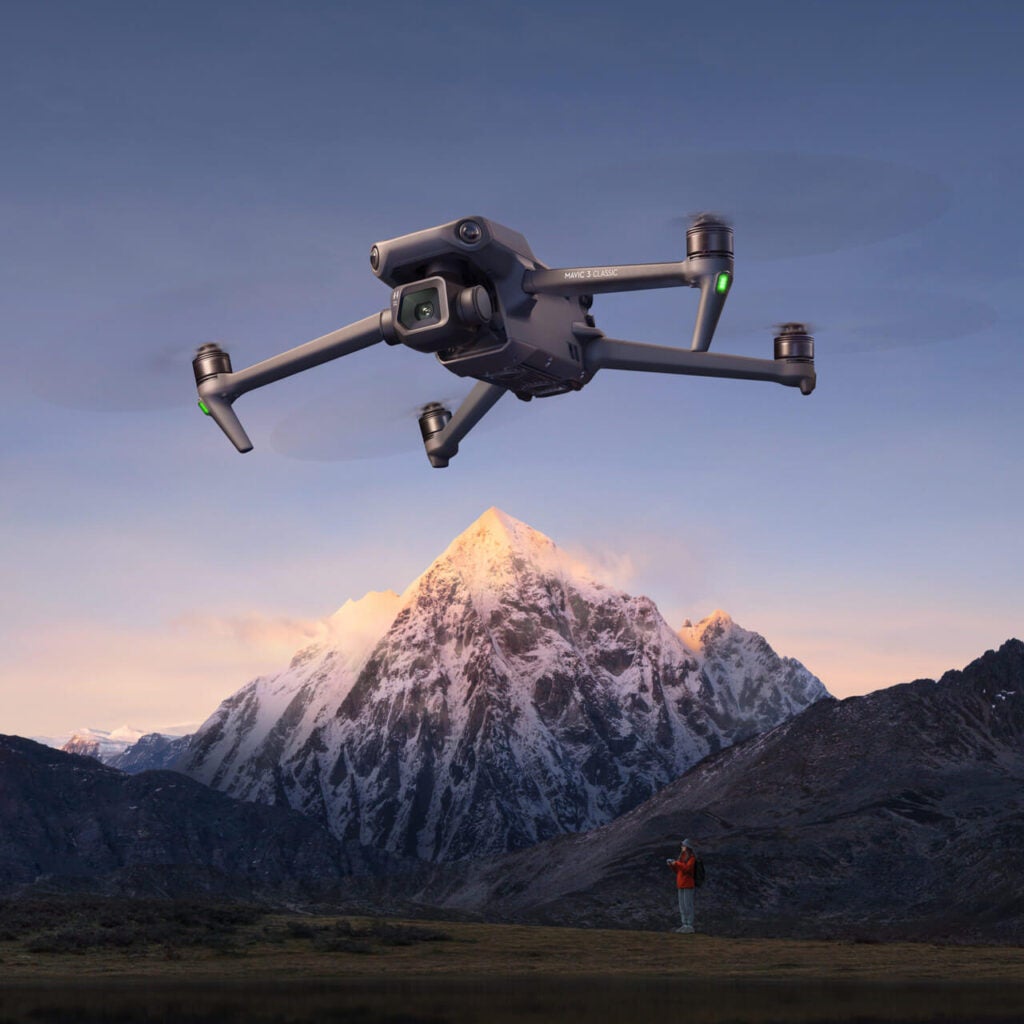
The DJI Mavic 3 Classic has a longer battery life
Both the Mavic 3 Pro and the Mavic 3 Classic carry the same sized 5000 mAh battery, but the Classic has a slightly longer battery life. This means it can remain in the air for longer than the Pro model.
The Pro has a max flight time of 43 minutes and a max hovering time of 37 minutes, while the Classic has a max flight time of 46 minutes and a max hovering time of 40 minutes. This means the battery life on the Classic is capable of lasting around 3-4 minutes longer than that on the Pro.
This is likely due to the fact the Pro is heavier, with two more cameras and better specs that need powering.
It’s worth noting that the Pro is able to charge 26 minutes faster using a 100W adapter. However, both drones take just over an hour and a half to charge using the 65W charger provided in the box.
The DJI Mavic 3 Pro has more internal storage
Both the Mavic 3 Pro and the Mavic 3 Classic pack 8GB of internal storage, allowing users to store approximately 7.9GB of stills and video.
However, the Mavic 3 Pro is also available in a Cine edition, which carries 1TB of internal storage for 934.8GB of stills and video.
Both drones also support expandable storage, with microSD cards up to 512GB supported in both devices.
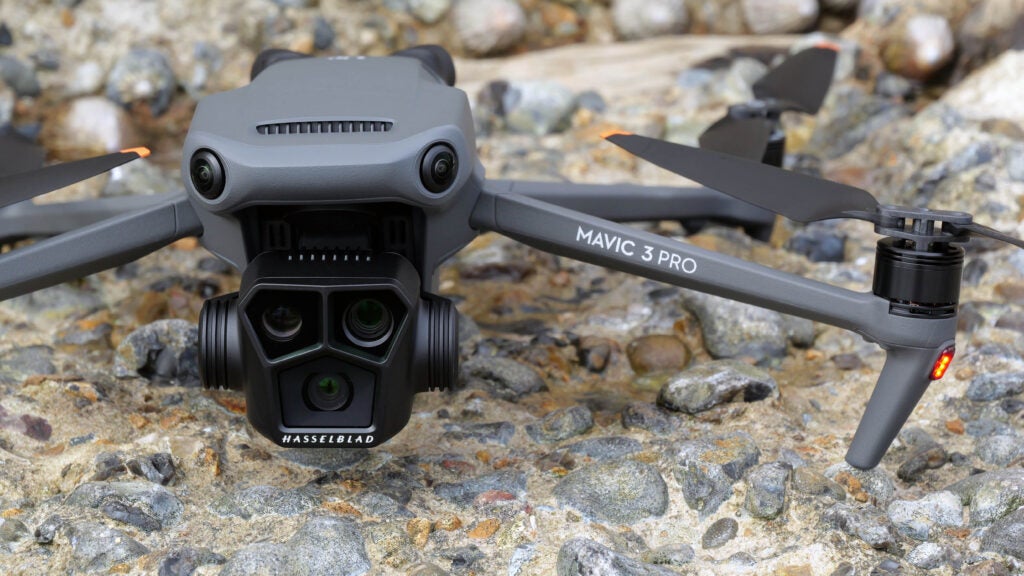
The DJI Mavic 3 Classic is cheaper
Finally, the DJI Mavic 3 Classic is quite a bit more affordable than the Mavic 3 Pro with prices starting at $1599/£1399 to the Mavic 3 Pro’s $2199/£1879.
That’s a $600/£480 saving if you opt for the cheaper Mavic 3 Classic drone.


